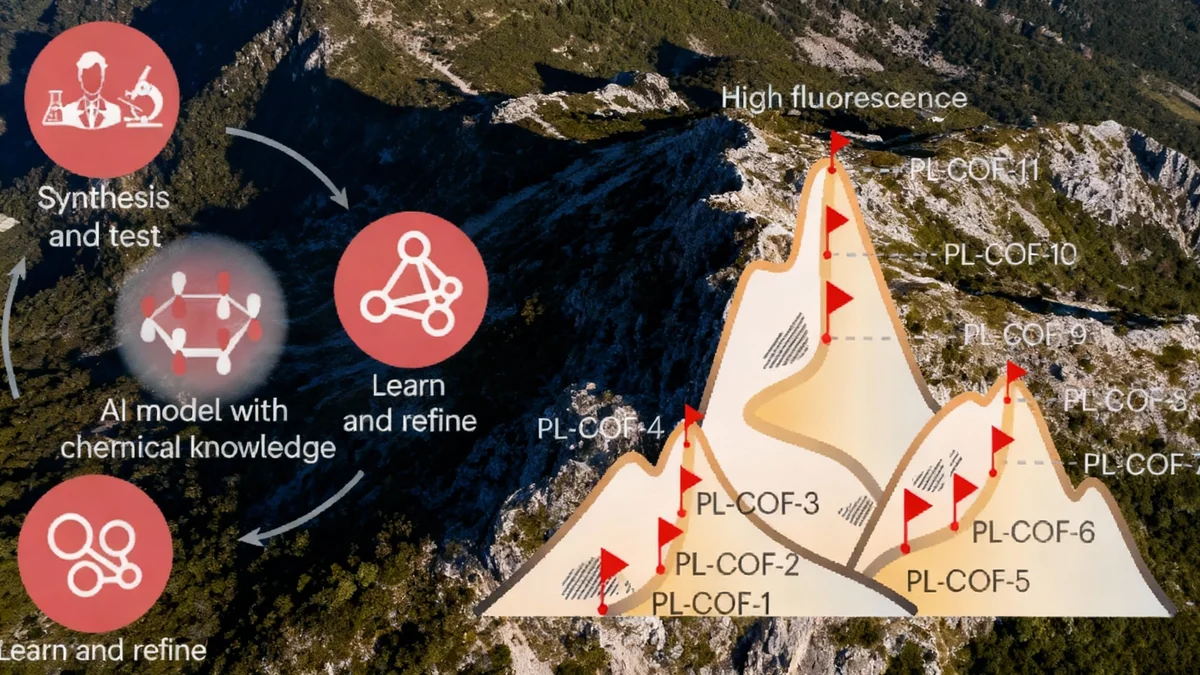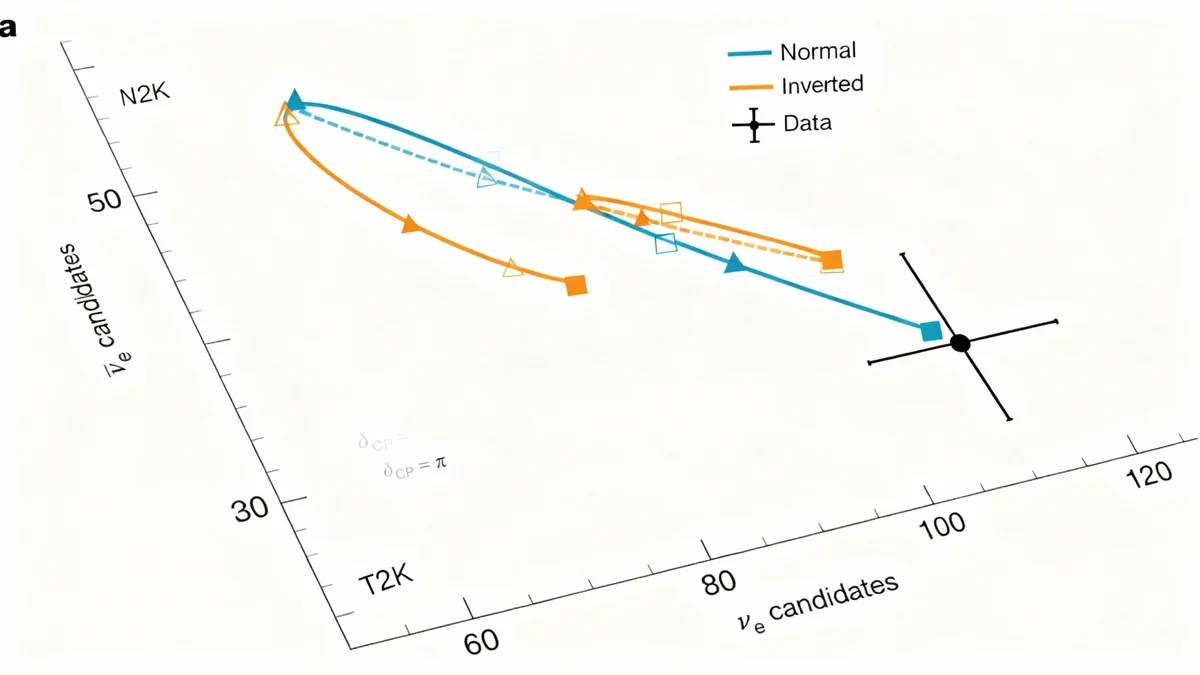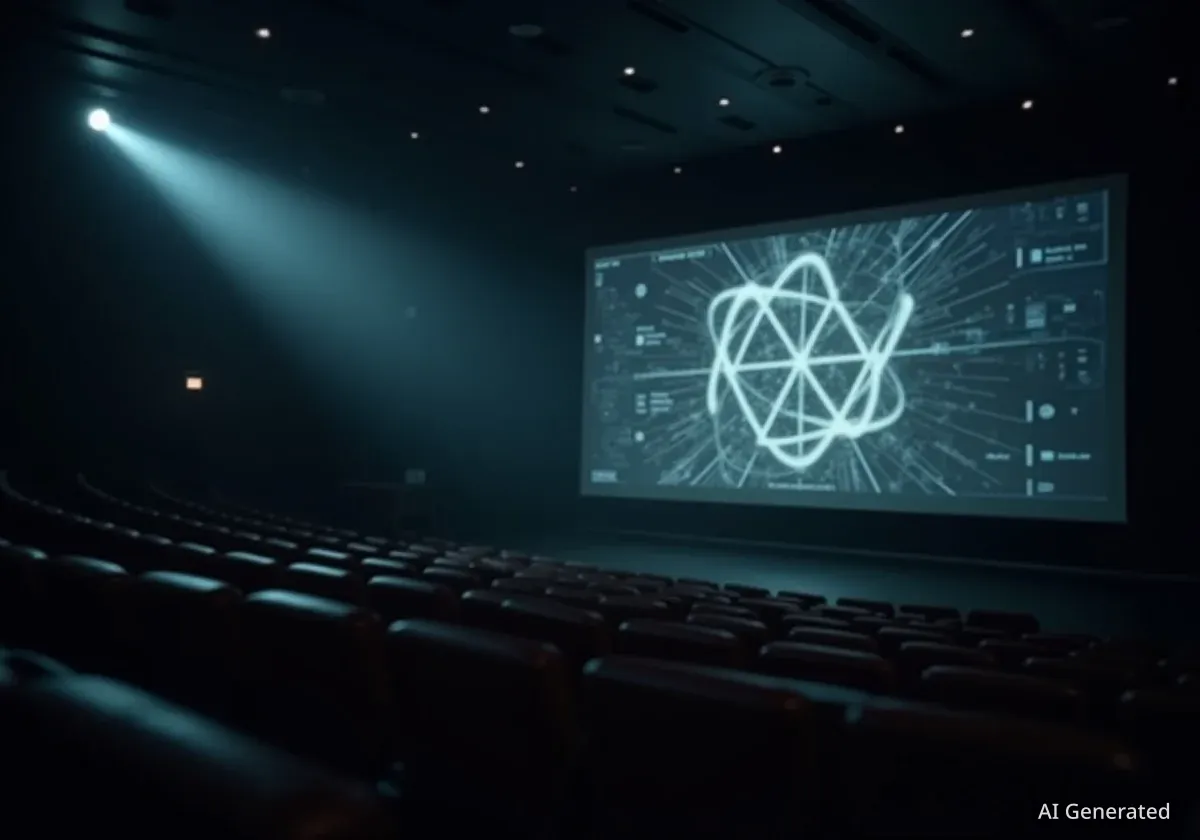The 2025 Nobel Prize in Physics has been awarded to three scientists for their foundational work in quantum mechanics. John Martinis and Michel Devoret of UC Santa Barbara, along with John Clarke of UC Berkeley, were recognized for experiments that demonstrated quantum physics in a tangible way.
Key Takeaways
- John Martinis, Michel Devoret, and John Clarke received the 2025 Nobel Prize in Physics.
- Their work in the mid-1980s confirmed key principles of quantum mechanics, including quantum tunneling and energy quantization.
- The experiments used custom-built electronic circuits with superconducting materials, known as Josephson junctions.
- These discoveries have become fundamental to modern technologies like cell phones, data storage, and the development of quantum computers.
Foundational Experiments in Quantum Physics
The Royal Swedish Academy of Sciences awarded the prize to the trio for their research conducted in 1984 and 1985. Their work was cited “for the discovery of macroscopic quantum mechanical tunneling and energy quantisation in an electric circuit.”
To achieve this, they designed and constructed a unique electronic circuit. This device was made of superconducting components separated by an extremely thin layer of nonconductive material. This specific configuration is known as a Josephson junction.
By passing an electrical current through this circuit, they could control and measure quantum phenomena. Their experiments provided direct evidence of quantum tunneling, a process where particles pass through a barrier that they classically should not be able to cross. They also demonstrated that energy in a quantum system is quantized, meaning it can only be absorbed or released in specific, discrete amounts.
“It is a great honor to be awarded the Nobel prize," Martinis said. "I am grateful to have worked with John Clarke and Michel Devoret during my PhD thesis, as they taught me how to do compelling experiments. The global physics community has also contributed greatly to the success of superconducting qubits. Next, let's build a useful quantum computer!"
From Theory to Everyday Technology
The work done by Martinis, Devoret, and Clarke has had a significant and wide-ranging impact. According to the Nobel Committee, their findings helped reveal “quantum physics in action,” transforming abstract concepts into observable realities.
Olle Erikkson, chair of the Nobel Committee for Physics, highlighted the lasting importance of their research. “It is wonderful to be able to celebrate the way that century-old quantum mechanics continually offers new surprises,” he stated. “It is also enormously useful, as quantum mechanics is the foundation of all digital technology.”
Impact on Modern Devices
The principles demonstrated by the Nobel laureates are now integral to many technologies, including:
- Cellphones
- Data storage devices
- LED lighting
- Advanced cryptography
The research has been particularly influential in the field of quantum computing. The ability to manipulate and observe quantum states in circuits is a core requirement for building quantum bits, or qubits, which are the basic units of information in a quantum computer.
Recognition from the Academic Community
The announcement was met with celebration at the University of California, Santa Barbara, where two of the laureates are faculty members. UCSB Chancellor Dennis Assanis commented on the profound influence of their work.
“Their successful efforts to build an electronic circuit with superconductors and measure their properties in the 1980s has had a transformational and lasting influence on today’s technology,” Assanis said. He noted that their work paved the way for components found in everyday devices and for advancements in communication and computing.
A Legacy of Collaboration
The three laureates share a connected history. John Martinis completed his doctorate under the guidance of John Clarke at UC Berkeley. Michel Devoret also worked in Clarke’s lab as a postdoctoral researcher, highlighting a period of intense and fruitful collaboration that led to these prize-winning discoveries.
The chancellor added, “The impact of their work cannot be overstated. We look forward to celebrating their accomplishments.” This sentiment reflects the pride of the institution in housing researchers whose work has had such a global effect.
Profiles of the Nobel Laureates
John Martinis
John Martinis earned his Ph.D. in physics from UC Berkeley in 1987, with John Clarke as his advisor. He joined the faculty at UC Santa Barbara in 2004. In 2014, his expertise led him and his research team to be hired by Google Quantum AI to build a functional quantum computer.
This collaboration resulted in a 53-qubit system that successfully solved a problem considered impossible for traditional supercomputers. After leaving Google in 2020, Martinis joined the Australian startup Silicon Quantum Computing. He later co-founded the company Qolab in 2022, where he currently serves as Chief Technology Officer.
Michel Devoret
Michel Devoret received his doctorate from the University of Paris, Orsay, in 1982. He then spent two years as a postdoctoral researcher in John Clarke’s lab at UC Berkeley from 1982 to 1984. He later returned to France, where he directed the Quantronics Group at CEA-Saclay.
In 2002, Devoret became a professor of applied physics at Yale University, a position he held until 2024. He has since joined the faculty at UC Santa Barbara and also holds the title of Chief Scientist at Google Quantum AI, continuing his work in the field he helped pioneer.
John Clarke
John Clarke is a physicist at UC Berkeley and served as a mentor to both Martinis and Devoret during their formative years as researchers. His laboratory was the environment where the Nobel-winning experiments were conceived and executed, making him a central figure in these groundbreaking discoveries.





